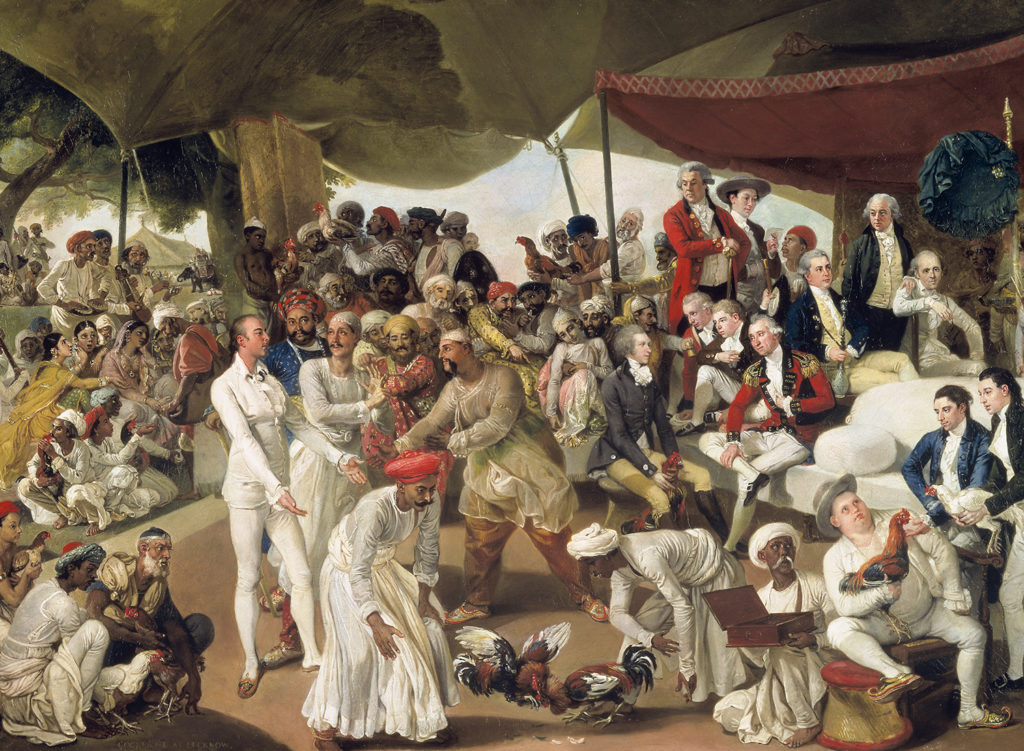The following is from a composite of the following papers:
Corrigibility, Allegory, Universality: A History of the Gita’s Transnational Reception, 1785–1945,
Mishka Sinha, Faculty of Asian and Middle Eastern Studies, University of Cambridge
The Bhagavad Gita Casts Its Spell On The West
By Swami Tathagatananda
Hegel on Indian Philosophy: Spinozism, Romanticism, Eurocentrism
by Gino Signoracci
The Tradition of the Bhagavad Gita Over the Centuries, Dr. R.S. Ramaswamy
The Understandings of the Bhagavad-Gītā, by Herder and Humboldt, Gen Nakamura
***
“The Bhagavad Gita is the deepest and sublimest production that the world possesses.”
The first Governor-General of India, Warren Hastings, 1785
***

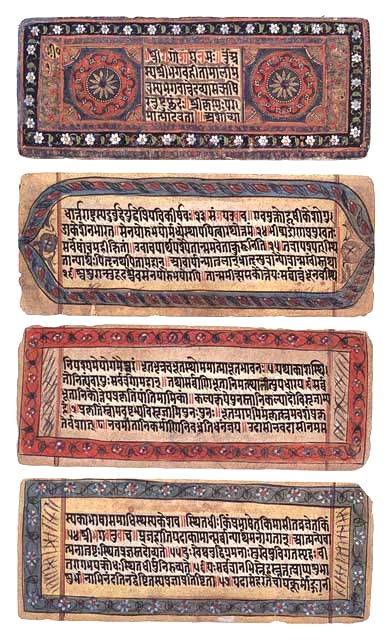
The Bhagavad-Gītā is a religious, philosophical poem made up of 18 chapters, that was incorporated into the ancient Indian epic Mahābhārata. It is estimated that the archetype of this work was written around BC 3–2 and it was compiled as it is today, after the 1st century. The Gītā has been the most intensively read and highly respected poem for the Hindus for more than 2000+ years. This explains why the Gītā was the first work of literature to be translated into a European language from among many other ancient Indian works. It was translated from Sanskrit into English by Charles Wilkins of the Asiatic Society in Kolkata in 1785.
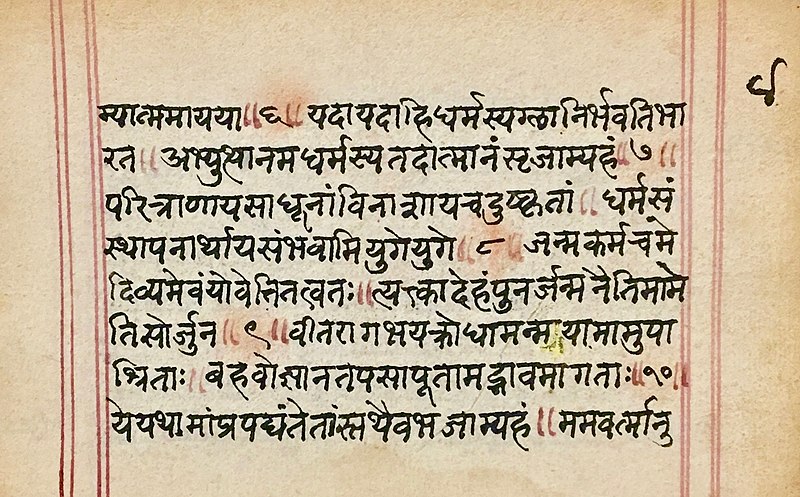
When Charles Wilkins translated the Gita into English in 1785, under the aegis of the East India Company, it amounted to a paradigm shift in the history of the interpretation of the Gita and the intellectual history of Western knowledge of the East.
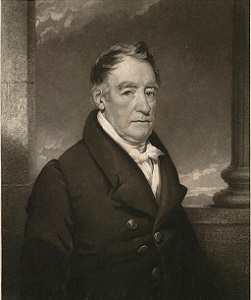
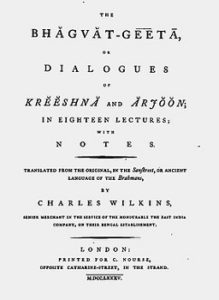
Wilkins’s translation “carried the text over” into a new cultural context, giving it unprecedented scope for an extraordinary breadth of meaning and influence. Wilkins’s Bhagavat Geeta or the Dialogues of Kreeshna and Arjoon was the first text widely known to have been directly translated from Sanskrit into a European language.
The understanding of Gita as the quintessence of the Hindu philosophy and religion gained great currency throughout Western world only after Wilkins’ translation. William Blake, a famous British painter celebrated the publication of Gita in a painting titled, ‘The Brahmins’ in 1809 which depicted Wilkins and a few Brahmins engaged in the translation.
Explaining the difficulties he encountered in translating the Gita, Wilkins wrote, “The Brahmins esteem this work to contain all the grand mysteries of their religion and so careful are they to conceal from knowledge of those of a different persuasion and even the vulgar of their own, that the translator might have fought in vain for assistance.”
The Bhagavat Geeta was thus received in Europe with curiosity and interest as the first textual example of Indian culture directly encountered there. The curiosity occasioned by the Gita was to be its defining characteristic for most of its first hundred years in the West. As a result, its content was eclipsed by the novelty of its context and the popular interest in the language and culture of recently acquired British territories in India.
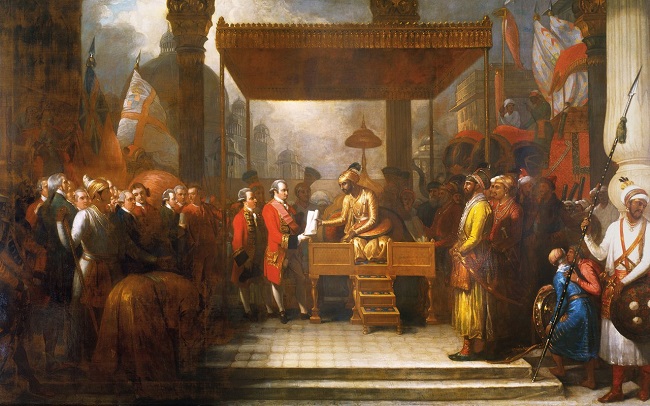
Charles Wilkins and Warren Hastings, Governor General of Bengal from 1773 to 1785, and chief supporter and instigator in Wilkins’s Sanskrit researches, began their comments on the Bhagavat Geeta by emphasizing its “curiosity” as a cultural object. They surmised correctly that this aspect would ultimately prove the most significant attraction for their readers in England.12 Despite a favourable initial reception, Wilkins’s translation did not achieve lasting popularity in its early decades.
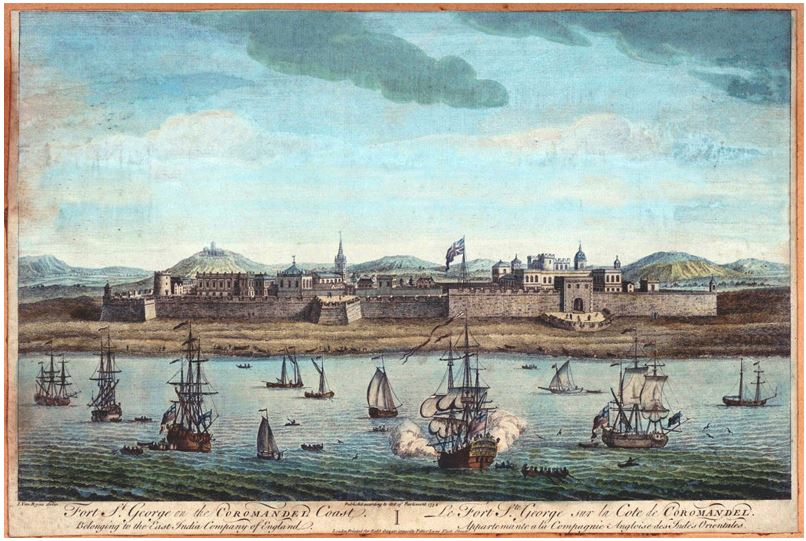
The first direct translation of the Gita into a European language after Wilkins’s was by August von Schlegel, who held the first chair in Sanskrit in Germany. Schlegel published a Latin translation of the Gita in 1823 along with the first critical edition in Sanskrit by a European. Unlike Wilkins’s Gita, Schlegel’s critically edited text represented a scholarly tradition of interest in Sanskrit and Indian philology and philosophy which had come of age. Schlegel’s text showed that Wilkins’s translation contained several inaccuracies, yet it was not followed by a new English translation for seventy years.

Friedrich and August Schlegel were pioneers in its study. Friedrich learnt Sanskrit in Paris in 1802–03, and published in 1808 his essay On the Language and Wisdom of the Indians, with translations. But Friedrich’s interest in India was primarily religious, and was a station on his way to becoming a Roman Catholic convert. August Wilhelm, on the other hand, wrote to Goethe in 1824 that in searching for unknown or undervalued material, “I had to some extent exhausted European literature and turned to Asia to provide a new adventure”. His dealings with classic Indian literature, however, were strictly scholarly. He edited three Sanskrit works – the Bhagavad Gita, the Ramayana, and the Hitopadesha – in order to make available texts illustrating respectively ancient Indian philosophy, epic narrative, and fable. But his editions were not accompanied by translations, except into Latin. They were intended for a small scholarly audience, as was the journal he founded, the Indische Bibliothek, which appeared irregularly from 1820 to 1830, and was, as Paulin emphasizes, the first German journal devoted solely to India (as opposed to Asia in general). This narrow focus has hitherto made it too easy to ignore Schlegel’s scholarly achievement.
The “recovery” of Sanskrit and its literary corpus and traditions for theWest by the East India Company became a symbol of both British political and economic power and the ability and authority it conferred to gather for Western civilization not only material largesse but also fabulous cultural wealth.
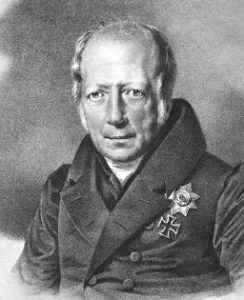
Wilhelm von Humboldt (1767–1835) tried to translate the Gītā from Sanskrit into German prompted by the Latin translation of his friend, August Wilhelm Schlegel of the Gītā in 1823. Humboldt published two essays on the Gītā, one is called Ueber die unter dem Namen Bhagavad-Gītā bekannte Episode des Mahā-bhārata, which was written on the basis of his own two lectures held on 30th, June 1825 and on 15th, July 1826. The other, entitled Ueber die Bhagavad-Gītā. Mit Bezug auf die Beurteilung der Schlegelschen Ausgabe im Pariser Asiatischen Journal, is Humboldt’s comment on the criticism by a Sanskrit scholar named Alexandre Langlois of Schlegel’s Gītā translation. The original manuscript is based on Humboldt’s letter to Schlegel written on 17th June 1825.
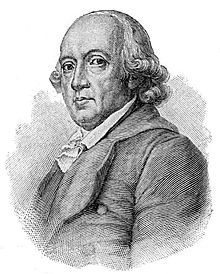
Johann Gottfried Herder (1744–1803) compiled a collection of ancient Indian epigrams entitled Gedanken einiger Bramanen and published it in Vierte Zerstreute Blätter in 1792. It contains some excerpts from the Gītā which Herder translated from Wilkins’ English version into German.
For Herder India was the country of fertility, wisdom and miracles where the Ganges, the holy river of paradise flows. The sources Herder utilized to refer to India are travel reports, personal experiences, and English translations from Sanskrit, which were pioneered in 1785 by the Asiatic Society.

The Asiatic Society was an organization during the British Raj in India, founded to enhance and further the cause of “Oriental research”, in this case, research into India and the surrounding regions. It was founded by the philologist William Jones on 15 January 1784.
The English translations from original texts by the Society enabled Europeans to understand what Indian cultural tradition actually brought into being, instead of continuing to accept hearsay, received wisdom, or the inferences of Europeans about Indian culture. The descriptions of India, particularly from the last volume of Herder’s work, Ideen zur Philosophie der Geschichte der Menschheit and from Zerstreute Blätter are highly attributable to the translation achievements of the Asiatic Society. Herder’s interest in the peoples of the Orient is already clear in Die Abhandlung über den Ursprung der Sprache (1772), in which the Orient is considered to be the place where language first developed (Hd. V, 72)2. In Auch eine Philosophie der Geschichte zur Bildung der Menschheit Herder says that the infancy of the human race goes back to the Orient as the chosen land by God (Hd. V, 483) and understands it therefore as a site of pure innocence and inexhaustible possibility. In Ideen which has been said to be the summit of his whole oeuvre, this idea is repeated in exultation: “All the peoples of Europe originated in Asia”.
Herder’s comment on the ancient drama Shakuntalā by Kālidāsa (English translation by William Jones in 1789, German translation by Georg Forster in 1791), which he called “the flower of India”.

The first Governor-General of India, Warren Hastings. He was so profoundly impacted by it that he inspired Charles Wilkins to learn Sanskrit and got him to translate the Bhagavad Gita to English. The translation published in 1785 carried an extremely glowing preface that Hastings himself wrote. What he wrote in the preface is interesting:
The work (Gita) will survive when the British dominion in India will have long ceased to exist, and when the sources it once yielded of wealth and power are lost to remembrance.
Hastings also wrote about the Gita with great feeling in letters that he wrote to his friends’ circle. The German scholar Von Humboldt said that “The Bhagavad Gita is the deepest and sublimest production that the world possesses.”
